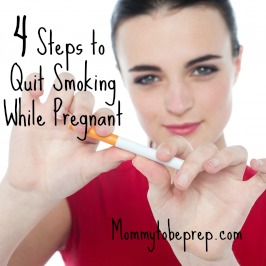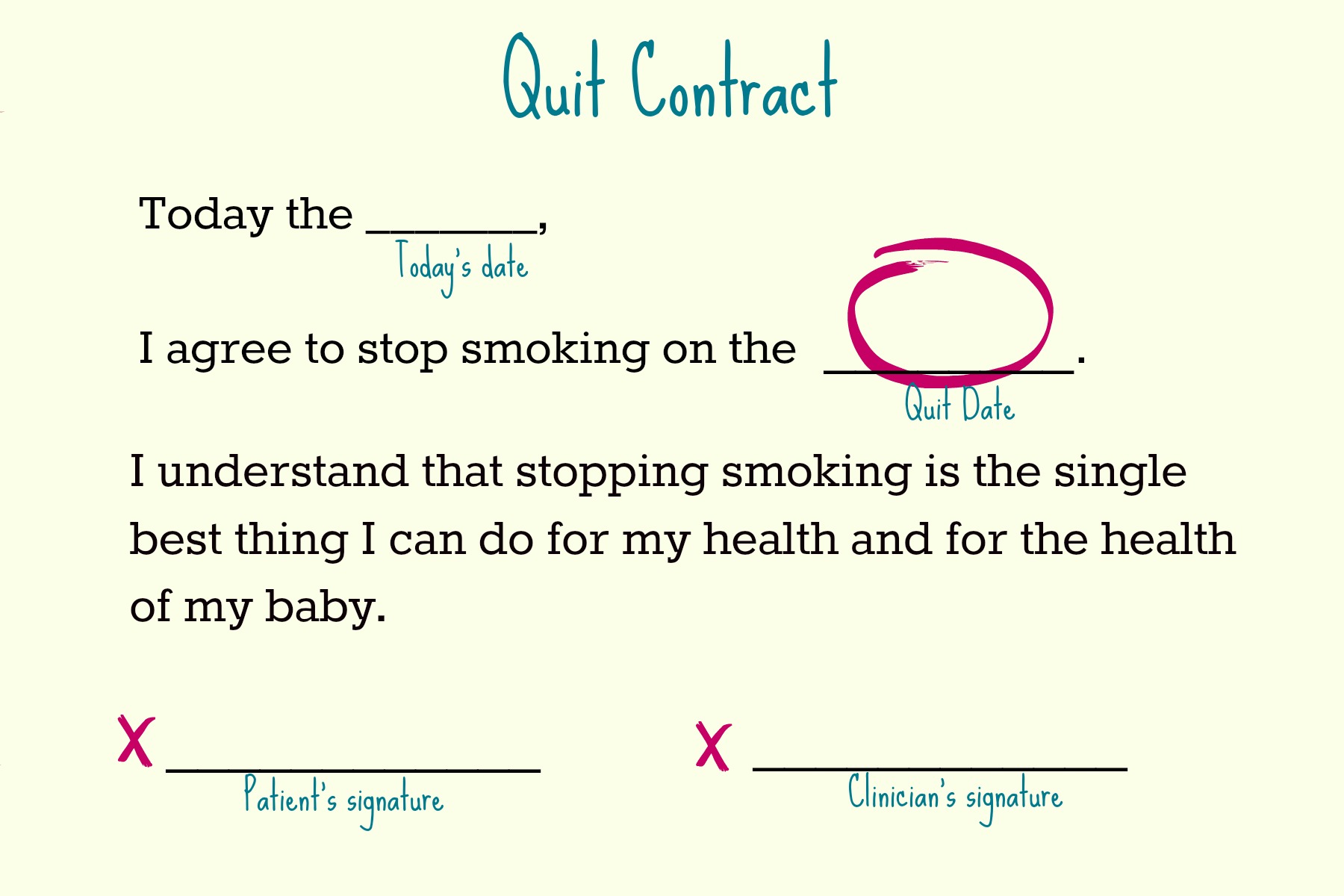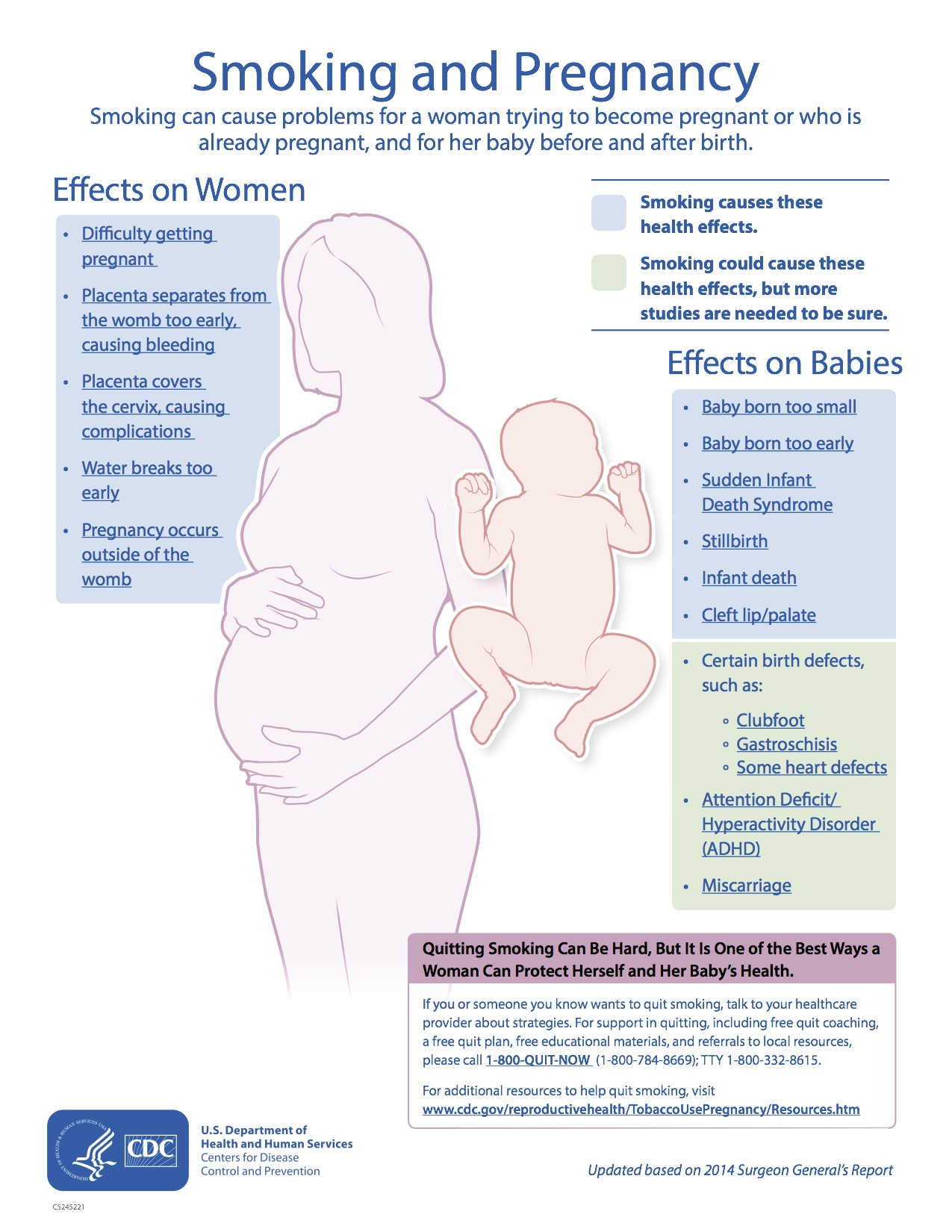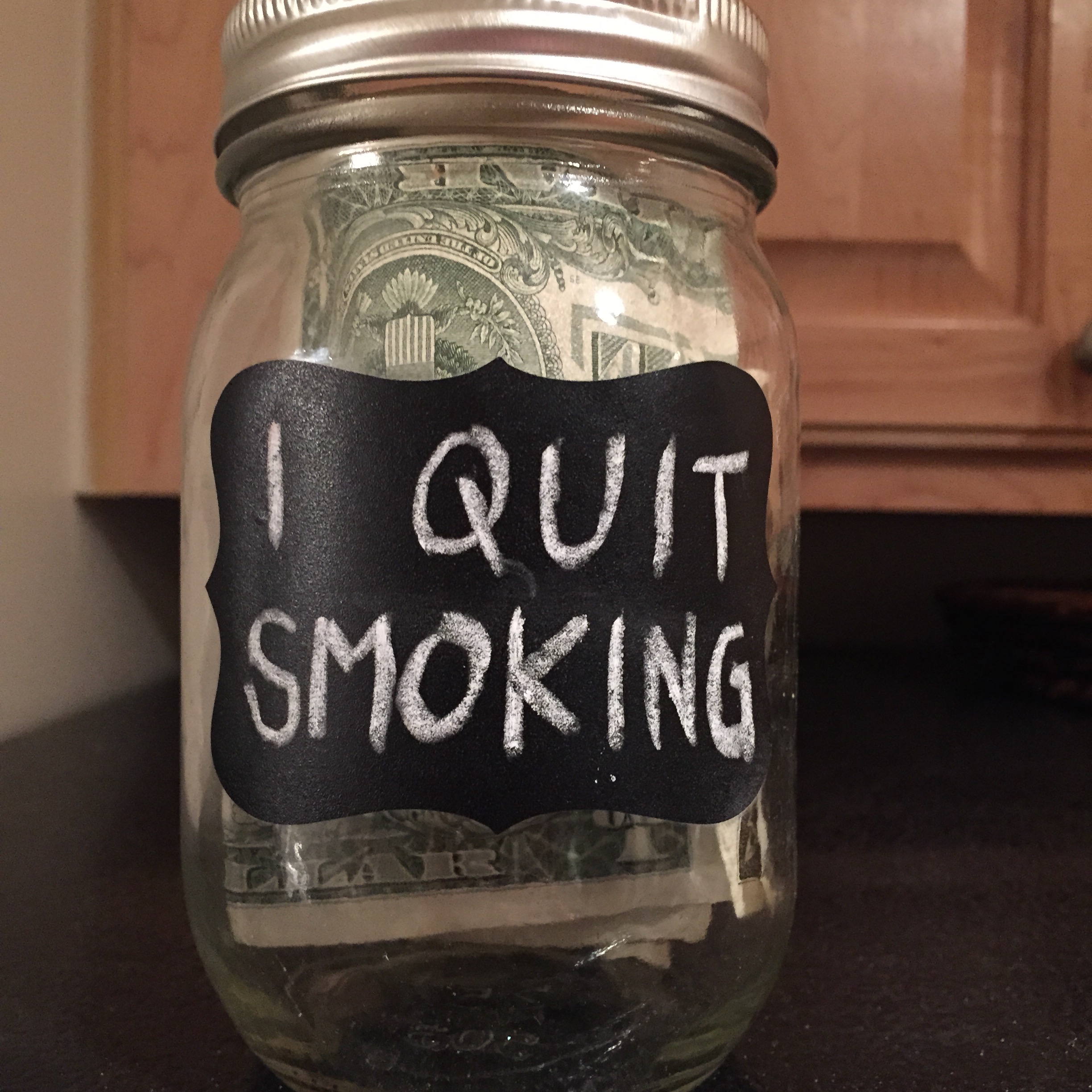4 Steps to Quit Smoking While Pregnant

Dear Pregnant Smoker,
First of all, my heart goes out to you. You probably already know the health risks associated with smoking, let alone to your unborn child. I do not know your exact circumstances but I do know just how addictive this habit is and that it is serving you in some ways (calming your nerves, curving your appetite, I’m sure you can think of some more). I acknowledge you taking the time to read this article, it shows you care about you and your baby’s health.
Although you may be experiencing some benefits of smoking, please consider taking these steps for your baby’s and your health. The best advice I could give to you is to quit smoking. Now before you click the exit button or flip screens feeling that this task is near impossible, hear me out. Give yourself and your baby a chance. As your nurse, I am not here to judge you, I am here to support, educate, and cheer you on in making healthy decisions.
Lets get to the nitty gritty stuff right away, just how do you quit?
Step one: Make the decision to quit!

Only YOU can do this. The motivation of wanting a healthy baby combined with faith in yourself will help you make this decision. Smoking during pregnancy and after pregnancy is associated with MANY serious problems that could lead to the death of your baby. These problems include ectopic pregnancies (where the fetus develops in the fallopian tube and not the uterus), premature rupture of the membranes (break in the sack of amniotic fluid early in pregnancy), spontaneous abortion, low birth weights, preterm deliveries, serious problems with the placenta (the organ that feeds your baby oxygen and nutrients), sudden infant death syndrome, childhood respiratory illnesses, and possible cognitive effects associated with learning disabilities and conduct disorders. Also, do not forget about the problems smoking causes to your body. These including cancer, heart disease, and many other health problems that lead to earlier death (ACOG, 2011).
Have you decided yet? If not, go back and re-read all of the problems associated with smoking during pregnancy. If your lack of motivation comes from having little faith in yourself, know this, for most people it takes many attempts to quit smoking. Each attempt a smoking addict makes to quit smoking brings them closer to being smoke free by learning what works and doesn’t for them. No matter how many attempts you have made in the past, try again.
Now… say it out loud “I AM DECIDING TO BE SMOKE FREE”
Step two: Set a date to quit and make a plan.
This is best done with the help of your OBGYN, your OBGYN will take into account just how long you have been smoking and how much you are smoking to help you develop a plan. She or he will be able to answer the common question if it is best to stop cold turkey or if you should wean yourself off of the cigarettes. They will also be able discuss pharmacological therapy (drug therapy) with you if needed. Please know non-cigarette tobacco use (electronic cigarettes (e-sigs), smokeless tobacco, chewing tobacco, snuff, moist snuff (snus), and dissolvable tobacco strips) are not a better/safer substitute and are still harmful to the pregnant woman and her baby (Fiore, 2008).
Make a “Quit Contract” with your OBGYN. Print contract here: Quit Smoking Contract.jpg
Words from http://www.acog.org/-/media/Departments/Tobacco-Alcohol-and-Substance-Abuse/SCDP.pdf
Tips to help you prepare for your quit day include:
– Telling friends and family about your quit day and asking them for their support.
– Have oral substitutes handy including a good water bottle, sugarless gum, hard candy, and healthy crunchy food including carrot or celery sticks.
– Set up a support system, either a friend who has successfully quit or a group class. 1-800-QUIT NOW gives state specific helps and are available all hours of the day and also offer a Spanish line. If you are on Medicare insurance they offer eight therapy sessions for free. Visit http://www.medicare.gov/coverage/smoking-and-tobacco-use-cessation.html for more details.
– Print reminders of why you want to quit such as The CDC Print Out and place them where you will see them daily.
– Set out a jar labeled “I quit smoking!” Place the cash you would use to buy cigarettes in the jar somewhere visible. The average pack of cigarettes cost $5.90 (cdc, 2007). If a woman was smoking a pack a day and then quits, that equals an extra $2,153.5 a year- extra money you will need to take care of that little baby!
Step three: Learn to deal with the withdrawal
Withdrawal from nicotine will cause physical and psychological symptoms. As you experience these withdrawal symptoms, know they are signs that your body is healing. Nicotine replacement can help reduce the physical symptoms, but most addicts find the psychological symptoms of quitting to present the biggest challenge.
The 4 As (Avoid, Alternatives, Activities, and Attitude) may help with dealing with the withdrawal phase.
Avoid
Certain situations or triggers make the urge to smoke very strong. Avoid these situations. This may be around certain people or certain places. Try to lesson the stresses in life and create new coping measures for the unavoidable life stressors. When these life stresses hit, and you are to the point you are about to light up, tell yourself you will delay 10 whole minutes. Within these minutes take at least five deep breaths. Breathe deeply and feel how good that clean air feels. You may want to count to 8 as you inhale, hold for 8 seconds, and exhale for 10 seconds. This may help distract your mind from the pressing urge to smoke. And remember, whatever you breathe in, you are giving to your baby. This simple trick gives you time to cool down and resist the nicotine urge.
Alter
Alter your habits. Instead of smoking, try taking a brisk walk, brushing your teeth right after eating, chewing on some gum, sucking on hard candy or ice, or eating some raw vegetables. Keep your hands busy by starting up a new hobby in preparation for the baby to come (knitting, sewing, drawing, woodwork, etc.).
Activities.
Exercise will increase your endorphins and cool off steam. Try going to the gym, at home exercise, picking up a sport such as biking, swimming, or yoga.
Attitude.
Self-talk throughout the day is important. Tell yourself you do not like smoking and that you can do this! Eventually, you will believe it! Fill your head with statements of “I am smoke free”, “I am so happy that I have quit smoking”, “I am happy and healthy”, and “I am free from addictions”.
Step four: Maintaining smoke free
It is still important to remain smoke free after having your baby. When you do have the desire for another cigarette, ride out the desire- it will go away! If you do end smoking do not take this excuse to go back to your old habits. Review why you slipped and make the adjustments to recommit yourself.
YOU CAN DO THIS!
I care about you; I hope you see this as evidence. I’m your advocate and your baby’s advocate too.
-Sincerely,
Your Labor & Delivery Nurse
Keep me updated on how you are doing with your progress in the comments bellow!
References:
ACOG (American College of Obstetricians and Gynecologists). (2011). Smoking Cessation During Pregnancy: A Clinician’s Guide to Helping Pregnant Women Quit Smoking. Retrieved from: http://www.acog.org/-/media/Departments/Tobacco-Alcohol-and-Substance-Abuse/SCDP.pdf
American Cancer Society quoted byColleges Against Cancer at Emory University. Ahead to Boost Your Chance Of Success. Retrieved from:http://www.students.emory.edu/cac/events/quit/plan.html
CDC (Centers for Disease Control and Prevention). (March, 2014). Trends in State and Federal Cigarette Tax and Retail Price- United States, 1970-2011. Retrieved from: http://www.cdc.gov/tobacco/data_statistics/tables/economics/trends/ cdc March 2014
Fiore MC, Jaen CR, Baker TB, et al. Treating Tobacco Use and Dependence: 2008 Update. Clinical Practice Guideline. Rockville, MD: U.S. Department of Health and Human Services. Public Health Service. May 2008.

